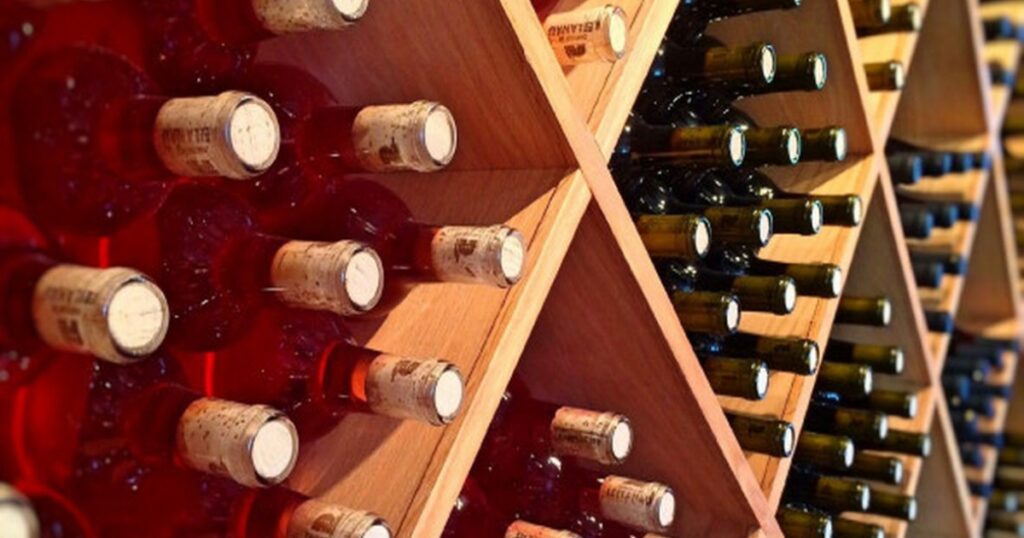
How-Many-Bottles-Come-in-a-Case
For more detailed information, please visit our blogs.

How-Many-Bottles-Come-in-a-Case
Table of Contents
ToggleWhen purchasing beverages, one of the most common questions buyers ask is: How many bottles come in a case? While the answer may seem straightforward, it can vary depending on the type of product and its packaging. Below is a guide to understanding how many bottles typically come in a case, based on common categories.
For most bottled beverages, such as soda, juice, or water, a standard case contains 24 bottles. This is the most common packaging configuration, especially in regions like North America. The bottles are usually 12 ounces each, though the volume may differ based on the specific product.
When it comes to wine, the typical case contains 12 bottles. This is a standard configuration in both retail and wholesale markets. Wine bottles are generally 750 ml each, and a case of 12 is often the most economical choice for distributors.
For spirits and liquor, cases usually contain 6 bottles. The bottles are typically 750 ml, though larger bottles of 1 liter or more may be sold in smaller cases, such as 3 or 4 bottles per case, depending on the brand and packaging.
Beer bottles are commonly sold in cases containing 24 bottles. A typical beer bottle is 12 ounces, though some beers may come in larger bottles or cans. The case size is often chosen for both storage efficiency and ease of transport.
For gourmet or specialty drinks, such as premium bottled water or craft beverages, the case size can vary widely. Some cases may contain as few as 6 or 12 bottles, especially for artisanal or luxury products.
The number of bottles in a case generally depends on the type of product being sold. While a case typically contains 24 bottles for most standard beverages like soda and water, 12 bottles is common for wine, and 6 bottles for liquor. Always check the product packaging or ask the supplier if you’re unsure about a specific case configuration. Understanding the standard bottle count helps ensure you’re buying the right amount for your needs.
For more detailed information, please visit our blogs.
